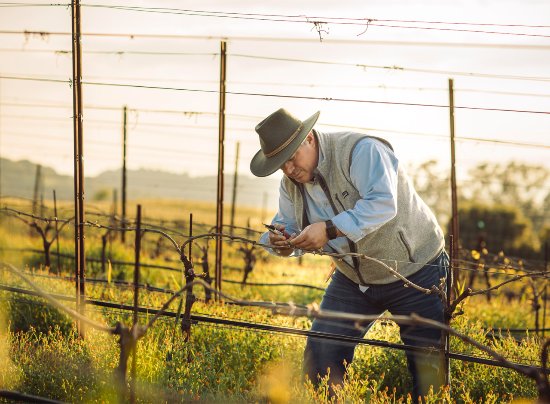La Uva, Mexican-American winemaking: Lucha, Oportunidad y Familia

Want to take a break from Trump news? Read this. Fill the well (or the glass . . . )
By
The advent of World War II (WWII) created a serious labor shortage in the United States. With so many men leaving to fight, including my father, this country looked southward for help. In 1942, the U.S. and Mexico signed an agreement creating the Bracero Program, which brought 4.6 million Mexican men to work in the United States. With most laboring in this country’s agricultural fields, the Bracero Program became the largest contract labor program in U.S. history. It continued beyond the end of WWII, until 1964, as the Korean conflict and the Red Scare continued to project the same labor shortage concerns.
There are many stories to tell about the Bracero Program, including humiliating strip searches and fumigation at the border, discriminatory labor practices by growers, unsanitary living conditions, the struggles of families left behind in Mexico, etc. This guest worker program is the subject of probing scholarship—Defiant Braceros: How Migrant Workers Fought for Racial, Sexual and Political Freedom, by Mireya Loza, and Bittersweet Harvest: The Bracero Program 1942-1964, a traveling exhibition produced by the National Museum of American History and the Smithsonian Institution Traveling Exhibition Service.
The Smithsonian continues to amplify the Bracero story today. It turns out that among those many Braceros, five men from the states of Michoacán and Jalisco found their way to grape fields in the Napa-Sonoma region of California, widely regarded as among the world’s most prodigious and prestigious wine making areas. Their careers began inauspiciously enough—picking grapes and other low-wage vineyard tasks. Soon however, some of them learned the art of grafting; others demonstrated their vineyard management, cellar master and related skills. All progressed in one or more key facets of winemaking. Today, Robledo, Ceja, Maldonado, Gustavo and Mi Sueño stand as among the most respected names in the industry. These remarkable journeys are the subject of an ongoing research and collecting initiative led by Steve Velásquez, who like Loza, is a curator at the National Museum of American History.
The success of these Mexican-American winemaking families has not sidelined their sense of duty to farmworkers past and present. “People understood that in order to live a life of dignity, they needed the support of someone to advocate for them,” notes Amelia Morán Ceja, owner of Ceja Vineyards, referencing her family’s involvement with the United Farmworkers Union. She continues in McIntyre’s article, “Even today, the farmworkers are invisible, and we need to advocate for them. Through our wines we are paying homage to the true artists of wine—the workers.” Morán Ceja’s commentary is important because it reminds us that the full story of California winemaking is complex, one that requires the kind of deep explorations led by Loza and Velásquez, and revealed at this nation’s history museum.
I encourage you tip a glass produced by any of these fine bodegas. While you enjoy the experience, I also encourage you to contemplate, and appreciate, the full measure of history embedded in each sip.


